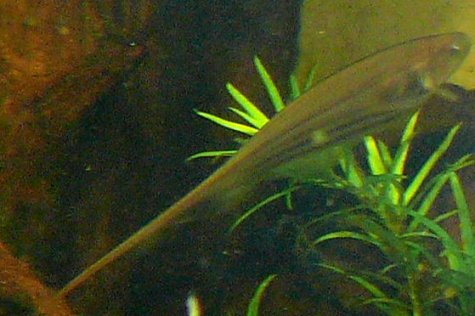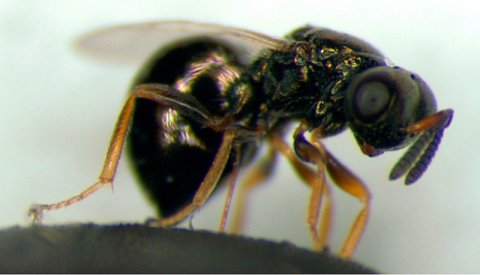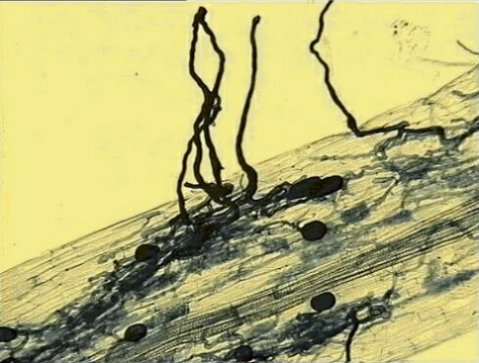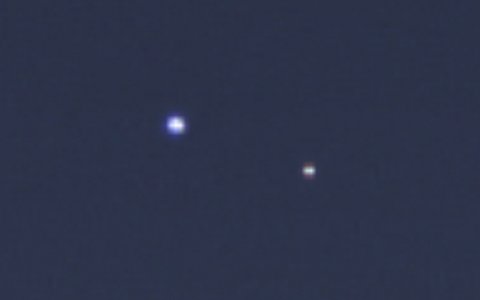
More than a year ago, Bill Nye was in an anti-science video that tried to convince people the creationist view should be censored. As I pointed out then, this is an incredibly anti-science notion. Unfortunately, this isn’t the only example of Mr. Nye’s anti-science behavior.
Nevertheless, I now have to give Mr. Nye some credit for doing something very pro-science: He is going to debate Ken Ham on the question, “Is creation a viable model of origins?” The debate will take place on February 4th at the Creation Museum in Kentucky. It is good to see that Nye is stepping away from his promotion of censorship and is interested in actually engaging the creationist view. I tried to order tickets online as soon as they were available, but the event seems to already be sold out!
Now even though this is a positive step towards a more pro-science attitude for Bill Nye, many evolutionists are trying to convince him to be more anti-science. As one Christian-turned-secular-humanist put it:
Will the Bill Nye-Ken Ham Debate Advance the Secular Cause? Of course not. Debates are all about the faithful on each side saying their side wiped the floor with the other side. I am not sure why Bill Nye decided to debate Ken Ham. Nothing good can come of it.
I obviously disagree. I think debate is usually a good thing, because it allows us to hear another point of view from someone who actually believes in that view. For the creationists who attend the debate (and I suspect they will be the large majority), they will hear from an evolutionist who actually believes in evolution. This will be good, because most likely, much of what they hear about evolution comes from creationists. For the evolutionists in attendance, they will hear about the creationist point of view from a creationist. This is also good, since most of them have probably never bothered to get the creationist view from someone who actually believes it.
In an effort to help Mr. Nye with his budding pro-science attitude, I will give him a piece of advice: Be Prepared!
Continue reading “Ken Ham and Bill Nye the Anti-Science Guy”










